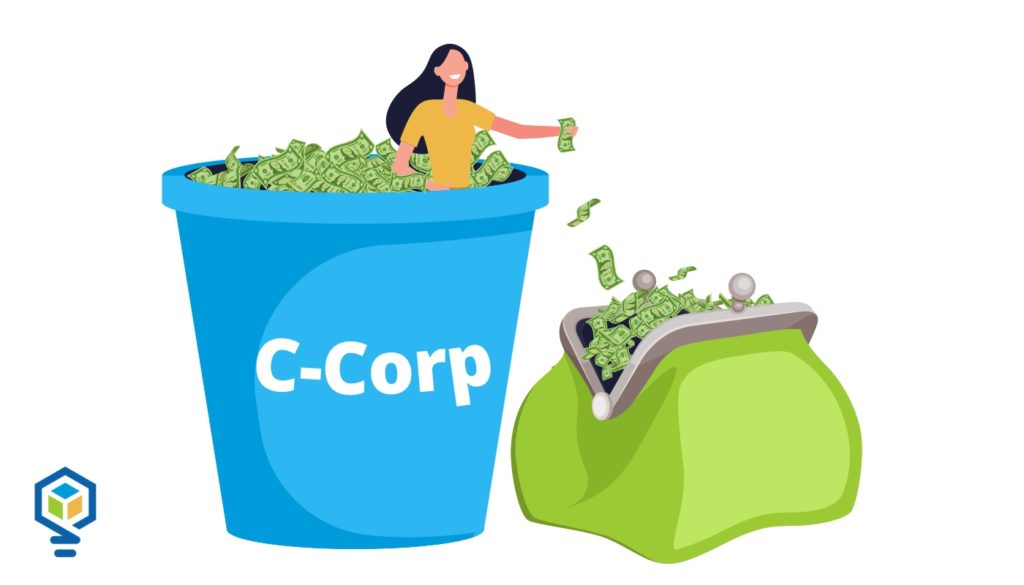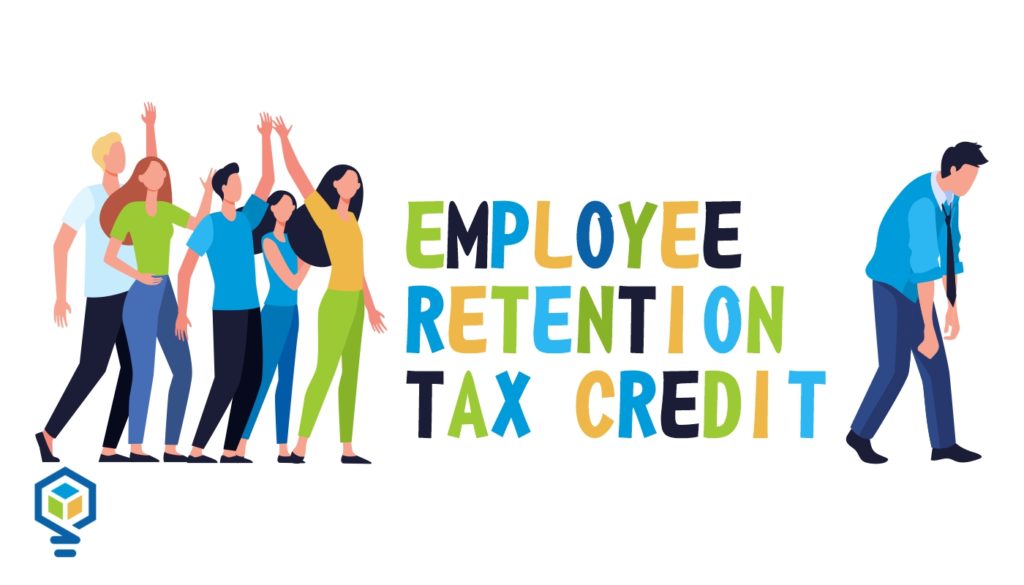Planning for your future generations often means being real about how much (or how little) will be left behind for your heirs. If you’re like most, it is difficult to imagine telling your grandchildren they may be forced to sell the family home to pay off the IRS in estate tax.
One solution is to look for a legal way to move assets and money to your children (or others) while minimizing your tax. A Family Limited Partnerships (FLP) might be the perfect mechanism for you to accomplish this.
These special types of partnerships provide solutions to two main issues: asset protection and estate tax reduction. Not only will this help you create a legacy of giving, but it will also ensure that the family business or home actually stays, “in the family.”
Asset protection is important as it limits your risk exposure and liability to lawsuits, bankruptcy, and other claims. FLP’s are used to move assets during your life leaving the amount of your taxable estate smaller, and helping you gift much more than the law typically allows.
But if you’re thinking this means giving a seat to Jr. at the board room table, think again. You can optimally set up this arrangement to ensure you maintain control until you are ready to step down.
All is not rosy in the world of FLPs however. These types of arrangements can be viewed by the IRS as abusive tax shelters to transfer wealth tax free.
Keep reading for an in-depth look at FLP’s.








